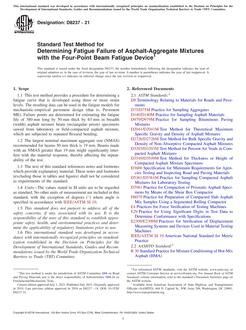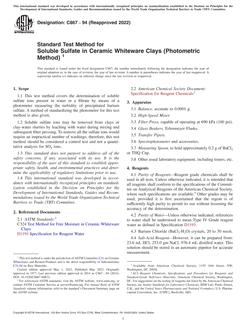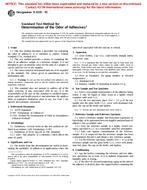1.1”This guide covers the methods for determining the death rate kinetics expressed as D-values. These values can be derived from the construction of a kill curve (or survivor curve) or by using other procedures for determining the number of survivors after exposure to antimicrobial chemicals or formulations. Options for calculations will be presented as well as the method for calculation of a concentration coefficient.
1.1.1”The test methods are designed to evaluate antimicrobial agents in formulations to define a survivor curve and to subsequently calculate a D-value. The tests are designed to produce data and calculate values that provide basic information of the rate-of-kill of antimicrobial formulations tested against single, selected microorganisms. In addition, calculated D-values from survivor curves from exposure at different dilutions of antimicrobial can be used to show the effect of dilution by calculation of the concentration exponent, ” (2). D-value determination assumes the ideal of first-order killing reactions that are reflected in a straight-line reduction in count where a count-versus-time plot is done. The goal here is not to determine the time at which no survivors are found, but to determine a standard value that can be used in processing and exposure determinations or used to estimate dilutions.
Product Details
- Published:
- 10/01/2021
- Number of Pages:
- 6
- File Size:
- 1 file , 90 KB
- Redline File Size:
- 2 files , 180 KB


